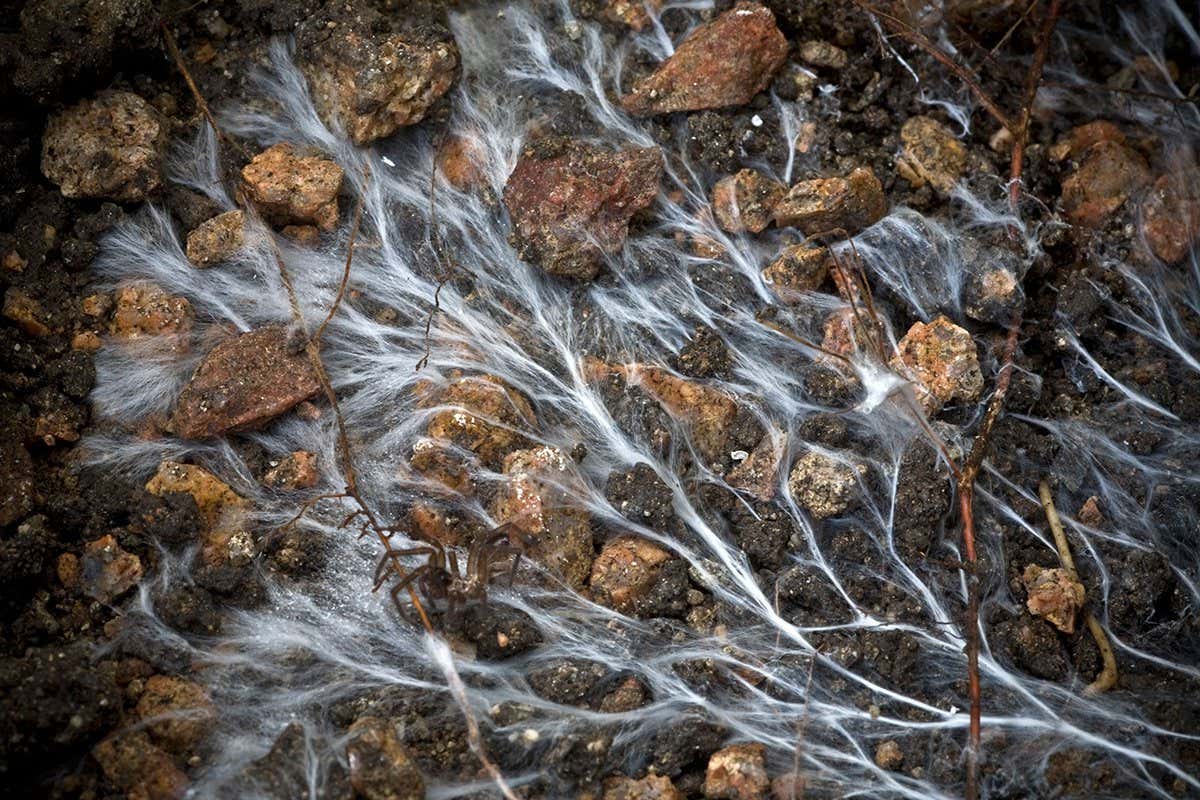Wild Fungi: A Key to Enhanced Tree Carbon Storage
Unlocking Nature's Carbon Capture Potential: The Surprising Role of Mycorrhizal Fungi
The climate crisis demands urgent action, and one often-overlooked player in the fight against carbon emissions is quietly working beneath our feet: wild fungi. Specifically, mycorrhizal fungi, a type of fungi that forms symbiotic relationships with tree roots, are emerging as a crucial element in enhancing forest carbon storage. Recent research highlights their significant, yet often underestimated, contribution to carbon sequestration, offering promising avenues for climate change mitigation.
The Symbiotic Partnership: Trees and Mycorrhizal Fungi
Mycorrhizal fungi form intricate networks connecting tree roots, extending their reach and access to vital nutrients like phosphorus and nitrogen. In return for these nutrients, the trees provide the fungi with carbohydrates produced through photosynthesis. This mutually beneficial relationship extends far beyond simple nutrient exchange.
- Enhanced Nutrient Uptake: Mycorrhizal networks significantly improve a tree's ability to absorb nutrients from the soil, leading to healthier, faster-growing trees.
- Improved Water Absorption: These fungal networks also enhance a tree's access to water, crucial for survival, especially during periods of drought.
- Increased Carbon Sequestration: The enhanced growth and health facilitated by mycorrhizal fungi directly translate to increased carbon storage within the trees themselves, both in their biomass and in the surrounding soil. The fungi actively transport carbon from the trees into the soil, contributing to long-term carbon sequestration.
Beyond the Trees: Soil Carbon Storage and Mycorrhizal Networks
The impact of mycorrhizal fungi on carbon storage extends beyond the trees themselves. The extensive networks they create within the soil act as a vast carbon sink, storing significant amounts of carbon that would otherwise be released into the atmosphere. This soil carbon sequestration is critical for maintaining soil health and fertility, further boosting forest resilience.
- Soil Structure Improvement: Mycorrhizal hyphae (thread-like structures) bind soil particles together, improving soil structure and reducing erosion. This stable soil structure further enhances carbon storage.
- Reduced Greenhouse Gas Emissions: Healthy, mycorrhizal-rich soils release less carbon dioxide and nitrous oxide, two potent greenhouse gases, into the atmosphere.
Protecting and Promoting Mycorrhizal Fungi for Climate Action
The crucial role of wild fungi in carbon sequestration underscores the importance of protecting and promoting biodiversity within our forests. Deforestation, unsustainable forestry practices, and soil degradation all negatively impact mycorrhizal fungal communities, undermining their vital contribution to carbon storage.
- Sustainable Forestry Practices: Implementing sustainable forestry practices, such as selective logging and reduced-impact logging, helps maintain healthy mycorrhizal networks.
- Protecting Forest Biodiversity: Protecting existing forests and restoring degraded ones is crucial for preserving the diversity of mycorrhizal fungi species.
- Further Research: Continued research into the complex interactions between trees, mycorrhizal fungi, and soil is needed to fully understand and harness their potential for climate change mitigation.
The Future of Forest Carbon Sequestration: A Mycorrhizal Approach
The remarkable role of wild fungi, particularly mycorrhizal fungi, in enhancing tree carbon storage highlights a crucial, often overlooked aspect of climate change mitigation. By protecting and promoting healthy forest ecosystems, we can leverage the power of these symbiotic relationships to significantly increase carbon sequestration and combat climate change. Investing in research and implementing sustainable forestry practices is vital to unlocking the full potential of this natural carbon capture mechanism. The future of effective climate action may well be rooted in understanding and protecting the intricate world beneath our feet.
Further Reading: (Insert links to relevant scientific articles and reports on mycorrhizal fungi and carbon sequestration)

